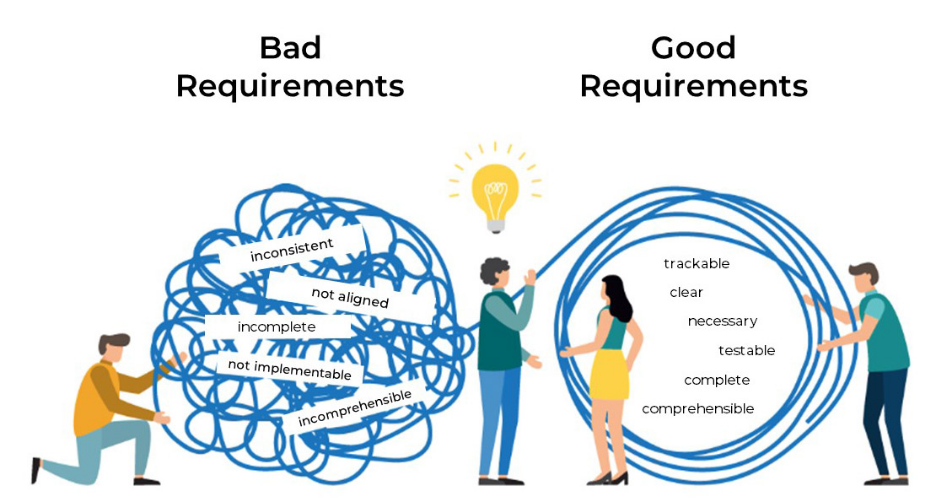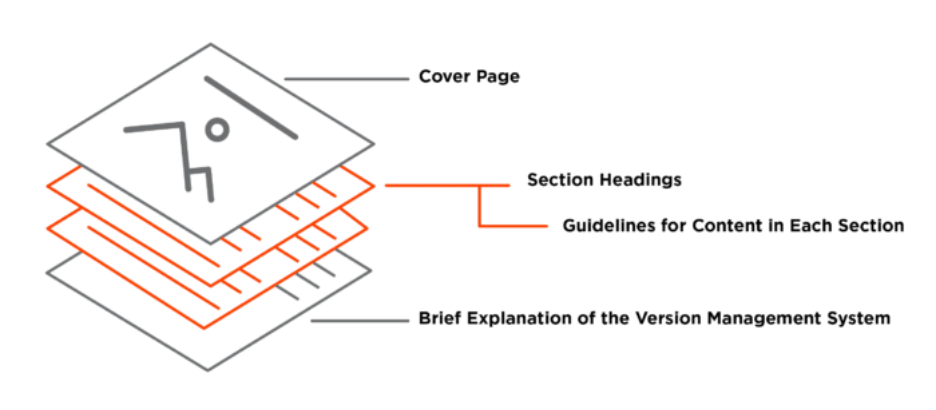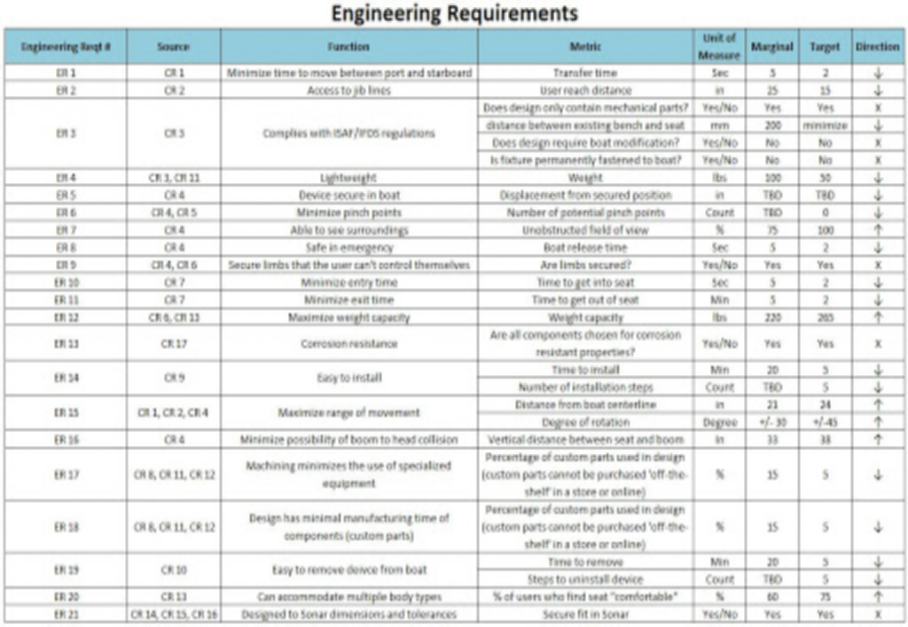Many engineers are familiar with the term Engineering Requirements Document (ERD). This document gives a clear indication of what to build to fulfill the several requirements of the documents. Documenting identified requirements is very crucial for the success of any prototype development project.
It is not only important to document these documents; it has to be done professionally. Engineering requirement documents must be understandable. It must give a clear structure of how the material should be built while following some important criteria. Most engineering design errors originate from poor requirement documents.
Therefore, it becomes important to learn how to write a requirements document effectively. This article discusses various criteria for writing a requirements document. This insight-packed guide also provides tips for writing a good engineering requirements document. Let us get straight to it!
Purpose of Document
The very first step in creating a solid test plan for designing is writing the engineering requirements specifications.
First, writing engineering requirement specifications helps to ensure collaboration. It enables the breakdown of large projects into smaller ones. Therefore, the possibility of delegating tasks to team members becomes a lot easier. This way, each team member understands the area they are to work in or they are responsible for.
Furthermore, it makes it easier to outsource comparatively isolated modules in the case of constrained internal resources. With a clearly written ERD, the engineering drawing for your components will be explained and understood explicitly.
Mechanical design documentation also helps to reduce miscommunication between product design and the engineering team. Since there are assumptions made while writing the draft, the engineering teams can easily scrutinize the document. This way, they can be sure of sufficient capturing of product and design intent.
Understanding the properties of engineering requirements documents will help develop well-designed objectives for a project. Every performance requirement in this document offers the first step to a successful project.
Criteria for Good Engineering Requirements Document
The best requirements documents must follow certain criteria or requirements. Many of these criteria are simple to follow. They are also self-evident. However, some of them are occasionally difficult to understand.

A good engineering requirements document should meet the following criteria:
Coordinated. The requirement must be correct for all stakeholders in the product design. It should describe all capabilities and conditions in a numerical manner, explaining what the product does.
Clear and Comprehensible. It should also be short, clear, and unambiguous for all stakeholders. A one-sentence description of a requirement is enough to pass the right message.
Verifiable. There must be ways to demonstrate and measure that the requirements document meets specific needs.
Feasible. A good engineering requirements document must be realistic. It should have a benchmark and should be releasable. It should be feasible organizationally, technically, legally, and financially.
Traceable. It must also be traced to the original unique needs of the customer. It must also explain why the product design is important. This aspect is very important because it helps determine why the requirement makes sense and where it is coming from.
Complete. There should be no gaps in interpretation in a requirements document.
Necessary. You must ensure that the document is valid and required for the specific engineering to be done. It must also be consistent without contraindications.
Having these criteria does not mean that a requirement is irrelevant if it does not satisfy all these criteria. It only means that the document might offer some level of difficulty when trying to work afterward.
Useful Tips for Writing an Exceptional Engineering Requirements Document
The following tips will help you write a clear requirements document for your component parts:
Tip 1: Use a Good Engineering Requirements Document Template
Hardly would you find an engineer who does not use a requirements engineering template for their document. Ensure that you use a good template for your documentation. A good template should have minimum:
- A cover page;
- Section heading;
- Essential guidelines for each section; and
- A brief explanation of the management system used.

The template you use should also have standardized sections to cover some topics. These topics include imperative applications, traceability and formatting standards, and other guidelines. A standardized section on a template helps to facilitate and promote the consistency of projects. The sections in templates can change from project to project. Therefore, you should provide a stable platform to have consistent requirements development.
Tip 2: Organize Your Document in a Hierarchical Structure
A hierarchical arrangement helps to deliver documents that will be easy to use by engineers. An example of a hierarchical structure is:
Manager-Supplier
Function-Subfunction
Mission-Part
Organizing your document in this manner works towards helping you focus on each domain of the system. Thus, the requirements document will be as comprehensive as possible. It is also crucial to help you find areas that need modification in the baseline specifications. Therefore, requirement users can easily drill down to the required functional area.
Tip 3: Use a Comprehensive Identification System
Requirement identifiers are very important in an engineering requirements document. Tagging each requirement with a project identifier improves and simplifies traceability in both high- and low-level requirements. Also, using brief identifiers also build traceability tables easily. These tables clearly link every one of the requirements to its ancestors in high-level documents.
Furthermore, when you link project identifiers to a hierarchical structure, users will easily find referenced requirements in the document. When a requirements document does not employ an identifier system, it becomes difficult to read or reference. Traceability also becomes a lot more challenging.
Tip 4: Standardize the Language of Your Requirements Document
English, and many other languages, have words with multiple meanings. This may be great for communication and self-expression. However, it can lead to disagreement or confusion when it is time to specify or interpret requirements. One of the best things to do to reduce misinterpretation is to standardize the language used in your requirements document.
Use mechanical design documentation with a section that allows the definition of certain terms. The section should describe how these terms should be used within the document. It should also define the right interpretation for the terms when they are present in related non-requirements documents.
Tip 5: Ensure Consistency with the Use of Imperatives
There have been many debates on the use of imperatives like shall, should, must, will, etc. Most requirements users classify “shall” as a binding provision. Other words such as “may” or “should” were classified as non-binding provisions. “Will” is used for the declaration of purpose. Also, many engineers use the word “must” to show constraints and some unique performance and quality requirements.
Once there’s an agreement on how to use each of the imperative terms for your organization, use them in agreement with your requirements engineering template. In general, each requirement should have exactly one declaration of purpose with consistency across all requirements.
Tip 6: Rationale Statements are Helpful Tools
Rationale statements help to reduce ambiguity in the requirements document. These robust tools enable you to simplify the engineering requirements document while providing additional information to users.
All that is needed by a requirement is a short and concise statement. However, this may not be enough to justify the requirement. You should be able to separate your requirements from their justifications. This will enable faster and easier comprehension and make your reasoning a lot more evident.
Tip 7: Don’t Forget Requirement Formatting Best Practices
As we have mentioned earlier, conciseness is one of the key attributes of an effective requirements document. To understand how to write a requirements document, you must learn to author concise writing. One good technique you can use is to use accepted sentence formats in required areas.
It would be best to learn some basic requirement sentence structures for a crystal-clear requirement. You should also be able to apply these sentence structures consistently. One general basic format that you can start with is:
Unique ID: Object + Provision (shall) + Action + Condition + Declaration of Purpose (will).
Tip 8: Quality Check is Highly Important Before Document Verification
As a professional, you should not hand in a report without proofreading it for spelling and grammatical errors. Carry out quality checks for completeness, clarity, and consistency. A quality assurance checklist will come in handy when you need to recheck your requirements document. It also helps you to streamline some processes and make sure it conforms to the best practices.
Engineering Requirements Document Sample
The table below provides a structured engineering requirements document sample

Conclusion
Writing an engineering requirements document is a great first step to engineering any product. It is even more effective when there are several moving pieces in the component. It provides a clear means for delegating work when many engineers have to work together. This guide has discussed the various tips that will help you engage contract manufacturers more effectively.
RapidDirect concept development is a reliable solution to help you fix the ERD gap without complications. We do this through friendly and effective communication. Our support service is one of the most robust in the industry. All you need to do is contact us via email. There’s no problem if you already have a design file. Upload your file, and get a free instant quote today!


